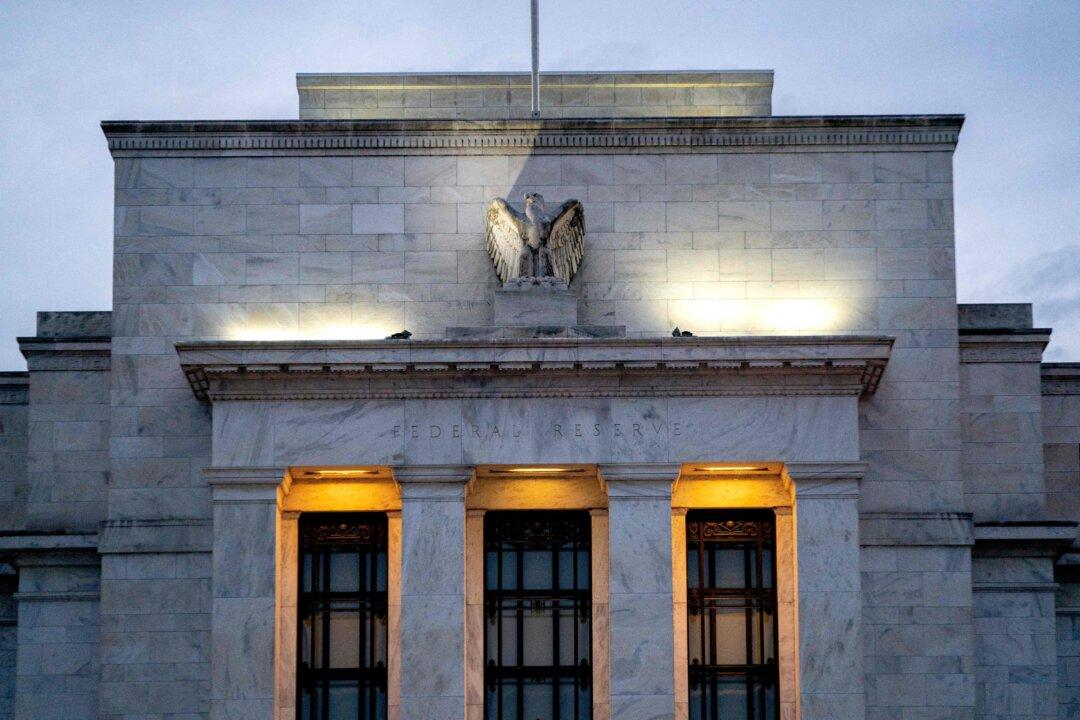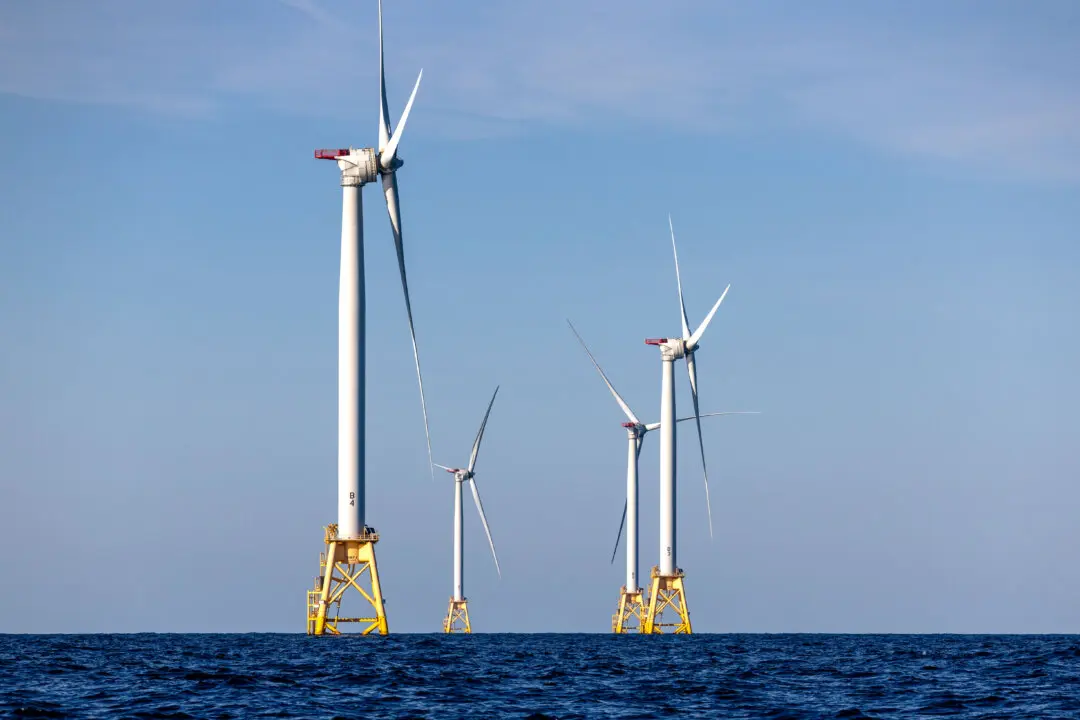Hotter-than-expected inflation numbers have prompted investment bank Goldman Sachs to boost its predictions for the number of times the Federal Reserve will hike interest rates in a bid to cool surging prices.
Inflation accelerated in the 12 months through January to a dizzying 7.5 percent, a fresh 40-year high that topped market estimates of 7.3 percent. On a month-over-month basis, prices also jumped at a higher-than-expected rate of 0.6 percent, with the forecast-beating prints fueling market speculation that the Fed would have to move faster in dialing back pandemic-era easy money settings.





